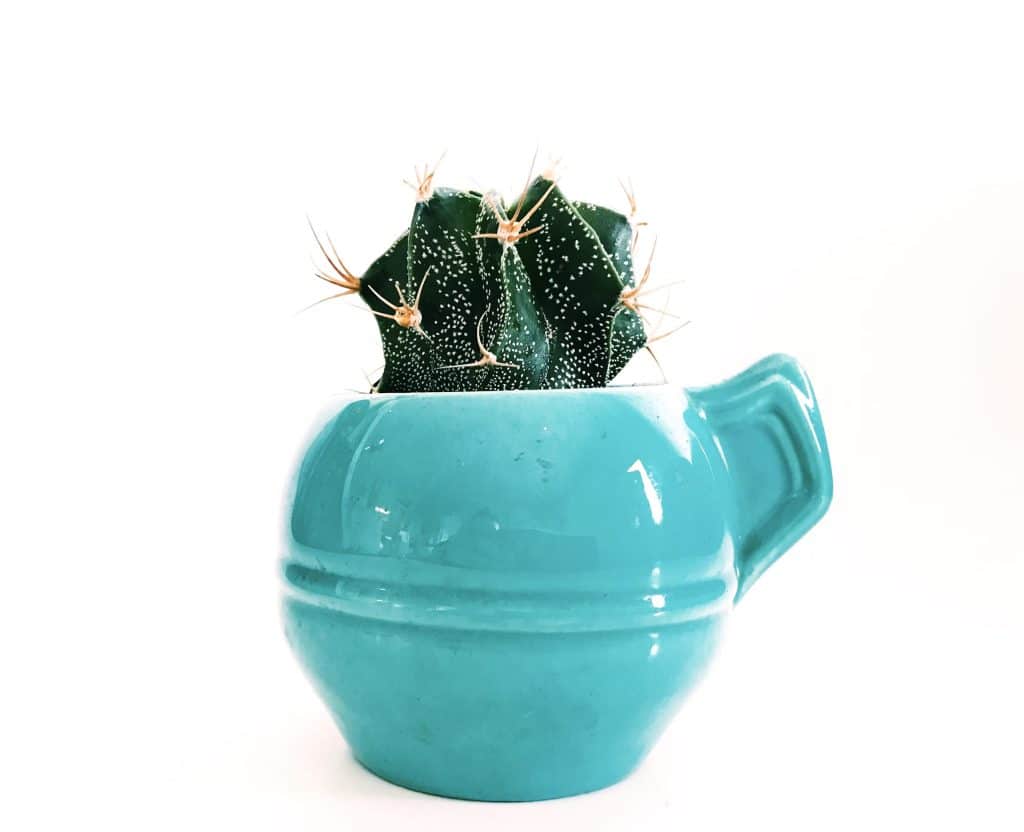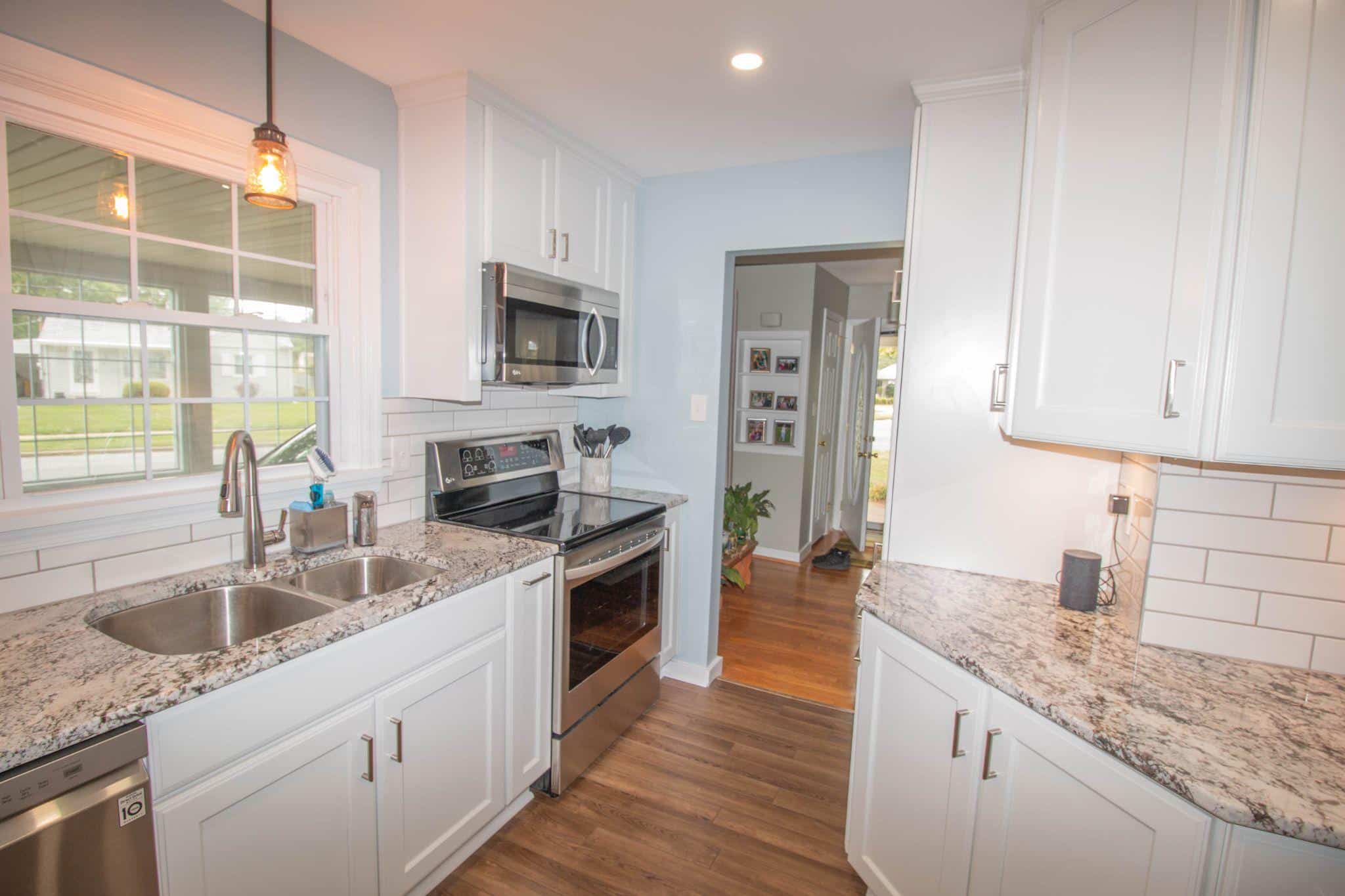College life is a thrilling adventure full of new experiences, and for many students, it’s their first time living away from home.
While dorm life offers plenty of excitement, it also comes with its fair share of challenges—especially when it comes to bringing a little bit of nature indoors.
You might be wondering, “Can I really grow plants in such a tiny space?”
The answer is a resounding yes! With a bit of creativity, some know-how, and the right kind of plants, you can cultivate a mini indoor garden that not only adds aesthetic value to your space but also offers numerous health benefits.
From purifying the air to boosting your mood, the presence of plants can make your dorm feel more like home.
Whether you’re a seasoned green thumb or a total novice, gardening in a dorm setting can be both manageable and fun.
This blog post will walk you through everything you need to know—from selecting the best plants for small spaces to creative ways of maximizing your limited room.
And if you’re juggling a packed schedule and thinking, “I might need to pay for my essay writing help,” you can still enjoy nurturing your green friends without stressing about your assignments.

Choosing the Right Plants for Your Space
When it comes to dorm gardening, the first thing to consider is the size and light conditions of your space.
Not all plants thrive in low light, and not all plants are suited for small containers. The good news is that there are plenty of options out there that are perfect for dorm life.
For starters, consider plants like succulents or cacti. These hardy plants are ideal for beginners because they require minimal watering and can survive in lower light conditions.
They come in various shapes and sizes, making it easy to find one that fits your style and space.
Another great option is the Pothos plant. Known for its hardiness and adaptability, pothos can thrive in both low and bright light.
It’s a trailing plant, which means it can be placed on a shelf or hung from a ceiling to add a touch of greenery without taking up valuable desk space.
Plus, pothos is known for its air-purifying qualities, which is always a bonus in the often stuffy atmosphere of a dorm room.
If you’re looking for something with a bit more color, consider a small flowering plant like an African violet.
These compact plants are perfect for windowsills and can bloom year-round with proper care.
Their vibrant flowers can brighten up any room, and they don’t require much space to thrive.
While taking care of these plants, you might find yourself in need of a break.
That’s when you might think, “Maybe I should pay someone to write your essay so I can enjoy my gardening hobby without the academic stress.”
Creative Ways to Maximize Your Space
Now that you’ve selected your plants, it’s time to think about how to arrange them in your limited space.
In a dorm or small apartment, every inch counts, so it’s important to get creative with your setup.
One of the easiest ways to maximize your space is by using vertical planters.
These can be hung on walls or placed on shelves, allowing you to grow multiple plants without taking up precious desk or floor space.
There are many stylish options available, from simple wall-mounted pots to more elaborate tiered systems.
If you’re feeling crafty, you can even make your own planters using everyday items like mason jars, tin cans, or old mugs.
These DIY projects not only save money but also add a personal touch to your space.
Plus, they’re a great way to recycle and reduce waste! And while you’re being creative with your plants, remember that you can always pay for essay writing help to make sure you have time for your hobbies.
Caring for Your Plants: Tips for Success
Once you’ve set up your mini garden, you must know how to care for your plants to keep them healthy and thriving.
The key to successful dorm gardening is to understand the specific needs of each plant and to make sure you’re providing the right conditions for them.
Watering is one of the most important aspects of plant care, especially in a dorm environment where overwatering can quickly become an issue.
Many plants, like succulents, require minimal water, so avoiding the temptation to water them too frequently is crucial.
On the other hand, plants like ferns may need more regular watering.
Always check the soil before watering—if the top inch is dry, it’s usually a good indication that your plant is thirsty.
If you’re ever too busy to monitor this closely because of assignments, you might decide to pay for an essay to get some extra time.
Light is another critical factor. While some plants are more forgiving of low-light conditions, others may need more sunshine.
If your dorm room lacks natural light, consider investing in a small grow light.
These lights can provide the necessary light spectrum for your plants to thrive, even if your windows don’t get much sunlight.
Humidity can also be a challenge in dorms, especially during the winter when indoor air is dry.
If you notice your plants’ leaves turning brown at the tips, it could indicate that the air is too dry.
A simple solution is to place a small humidifier near your plants or regularly mist them with water to increase humidity.
Lastly, don’t forget to prune your plants occasionally. Trimming back dead or yellowing leaves not only keeps your plants looking neat but also encourages new growth.
Plus, it’s a great way to relieve stress during those busy study sessions!
And if you find that balancing schoolwork with plant care is a bit too much, there’s no shame in deciding to pay to write essay assignments and focus on what brings you joy.
Final Thoughts
Whether you decide to pay for an essay or not, balancing academic life and personal hobbies is crucial for a fulfilling college experience.
Gardening offers a peaceful escape from the stresses of student life.
With these tips, you’ll be well on your way to cultivating a green oasis, no matter how small your space. Happy gardening!








